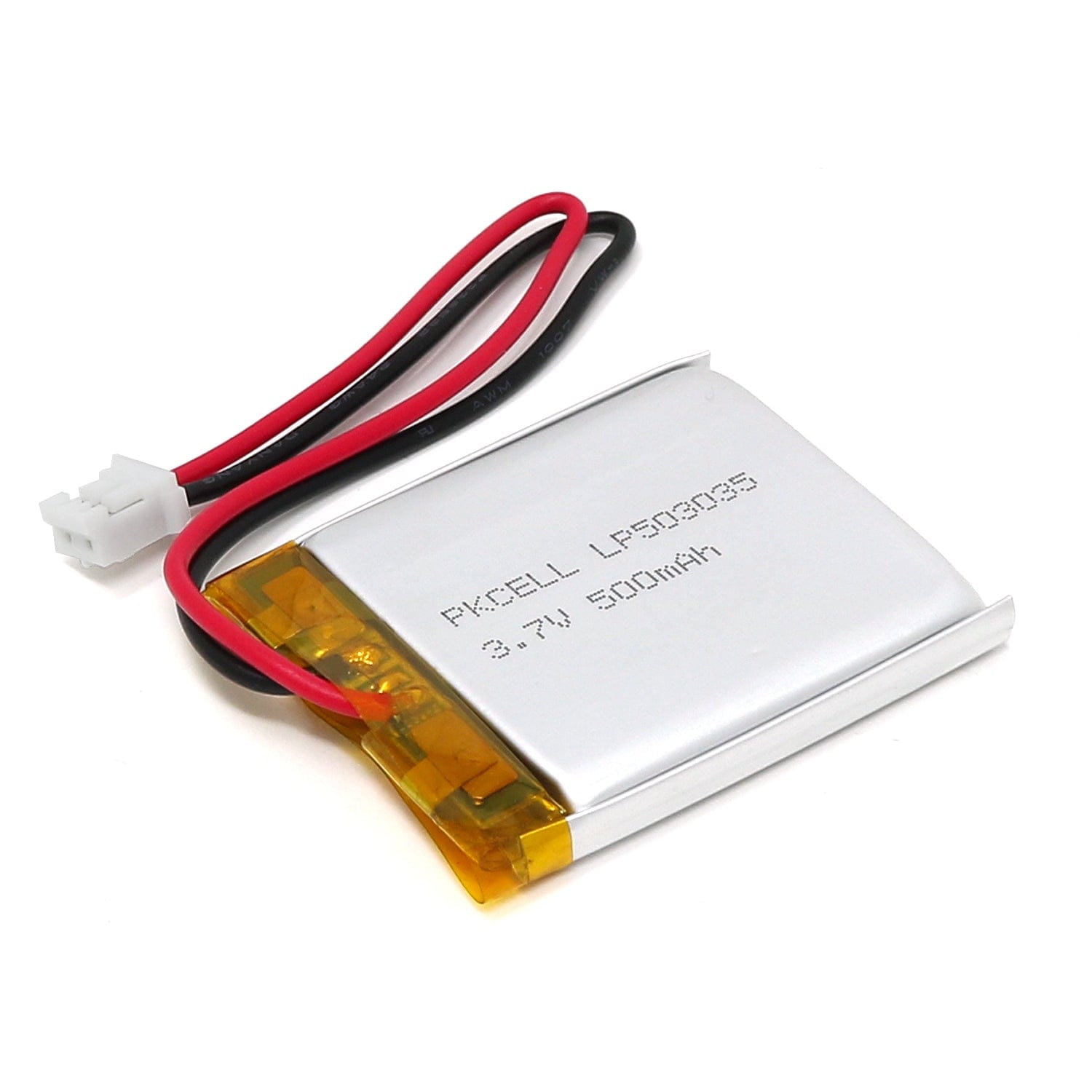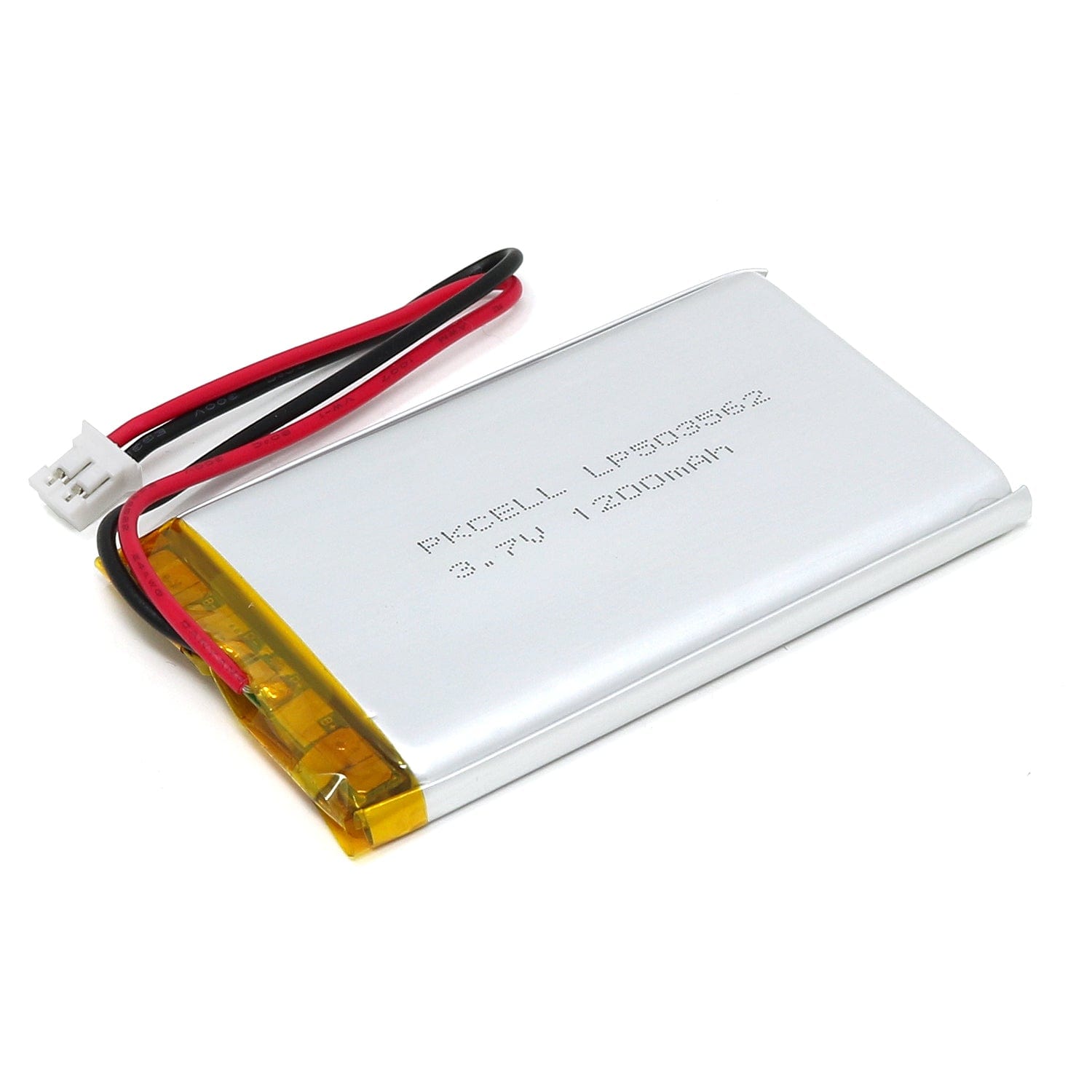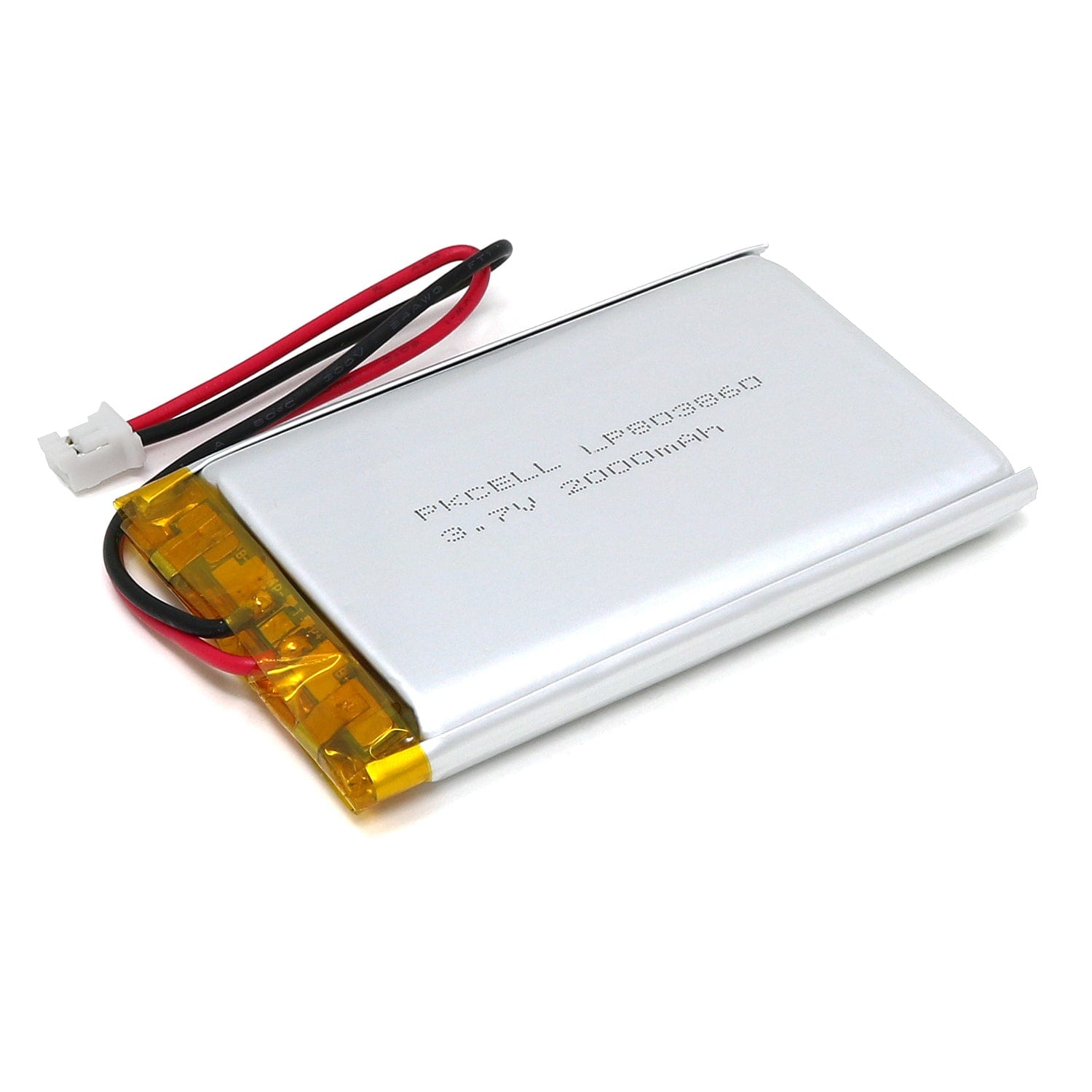![Pi Voyager - Smart UPS and Watchdog for Raspberry Pi [discontinued] by Omzlo - The Pi Hut](http://thepihut.com/cdn/shop/products/pi-voyager-smart-ups-and-watchdog-for-raspberry-pi-omzlo-102615-16257731002430.jpg?v=1646371277&width=1000)
![Pi Voyager - Smart UPS and Watchdog for Raspberry Pi [discontinued] by Omzlo - The Pi Hut](http://thepihut.com/cdn/shop/products/pi-voyager-smart-ups-and-watchdog-for-raspberry-pi-omzlo-102615-16257730904126.jpg?v=1646302322&width=1000)
![Pi Voyager - Smart UPS and Watchdog for Raspberry Pi [discontinued] by Omzlo - The Pi Hut](http://thepihut.com/cdn/shop/products/pi-voyager-smart-ups-and-watchdog-for-raspberry-pi-omzlo-102615-16257730969662.jpg?v=1646302326&width=1000)
![Pi Voyager - Smart UPS and Watchdog for Raspberry Pi [discontinued] by Omzlo - The Pi Hut](http://thepihut.com/cdn/shop/products/pi-voyager-smart-ups-and-watchdog-for-raspberry-pi-omzlo-102615-16257730871358.jpg?v=1646302329&width=1000)
Login / Signup
Cart
Your cart is empty
![Pi Voyager - Smart UPS and Watchdog for Raspberry Pi [discontinued] by Omzlo - The Pi Hut](http://thepihut.com/cdn/shop/products/pi-voyager-smart-ups-and-watchdog-for-raspberry-pi-omzlo-102615-16257731002430_1000x.jpg?v=1646371277)
![Pi Voyager - Smart UPS and Watchdog for Raspberry Pi [discontinued] by Omzlo - The Pi Hut](http://thepihut.com/cdn/shop/products/pi-voyager-smart-ups-and-watchdog-for-raspberry-pi-omzlo-102615-16257730904126_1000x.jpg?v=1646302322)
![Pi Voyager - Smart UPS and Watchdog for Raspberry Pi [discontinued] by Omzlo - The Pi Hut](http://thepihut.com/cdn/shop/products/pi-voyager-smart-ups-and-watchdog-for-raspberry-pi-omzlo-102615-16257730969662_1000x.jpg?v=1646302326)
![Pi Voyager - Smart UPS and Watchdog for Raspberry Pi [discontinued] by Omzlo - The Pi Hut](http://thepihut.com/cdn/shop/products/pi-voyager-smart-ups-and-watchdog-for-raspberry-pi-omzlo-102615-16257730871358_1000x.jpg?v=1646302329)
The PiVoyager is an uninterruptible power supply (UPS) for the Raspberry Pi designed to work with standard Li-Ion or LiPo batteries, featuring a programmable watchdog, automatic restart, and a real-time calendar.
Note: Board PCB may be red or black
Thanks to the provided software the user can fully control and monitor the PiVoyager:
The PiVoyager has four indicator LEDs, 3 at the bottom left and 1 at the top left:
The PiVoyager has a small button. Pressing this button for more than 3 seconds will shut down the Raspberry Pi. Once shut down, the Raspberry Pi can be restarted by pressing the same button. It is possible to add a JST PH header on the PiVoyager to connect your own tact switch as an alternative to the one provided on the pHAT.
The PiVoyager does not include battery protection circuity and should be connected to Li-Ion or LiPo batteries with their own protection circuit, using the two-pin JST PH header (2.0mm pitch). An alternative 2.54mm 2-pin header is also provided for battery connection.
When the PiVoyager is plugged to a USB power source (micro-USB) and a Li-Ion/LiPo battery, it will both power your Raspberry Pi and charge the battery if needed, with a charge current of 1000mA.
If USB power is removed, the PiVoyager automatically switches to the battery and continues to power the Raspberry Pi at 5V (2.1A max), thanks to a boost converter.
The PiVoyager features a Real-Time Calendar (RTC), which can be configured to store the current date and time. The content of the RTC will be maintained for as long as there is a power source connected, even if the Raspberry Pi is powered down.
The PiVoyager is designed as a Pi Zero pHAT, but works on any Raspberry-Pi with a 40 pin header, including the Raspberry Pi 3B+ and the Raspberry Pi 4.
Note: The power connection on the Pi Voyager is micro-USB and will not work with the Raspberry Pi 4 USB-C power supply.
The PiVoyager is targeted at batteries with a nominal voltage of 3.7V, a charging voltage of 4.2V and supporting a charge current of 1000mA.
The battery is considered as LOW if the voltage falls below 3.1V and will remain in LOW state until the voltage rises above 3.3V. At startup, the PiVoyager will refuse to power the Raspberry Pi when in LOW state and will wait for the battery to charge sufficiently first.
In general, in order to work reliably with a Raspberry Pi, the PiVoyager should always be connected to a battery, even if it's not charged.
The PiVoyager comes with an unsoldered female 2x20 GPIO header with short leads. No battery or Raspberry Pi is included.
For more details, including software download instructions, see the full documentation here: https://www.omzlo.com/articles/pivoyager-installation-and-tutorial
CNX Software - Embedded System News
"If powering your Raspberry Pi based project has always being a concern to you, then you don’t have to worry about it again with the introduction of the PiVoyager."
"The board offers UPS status monitoring, giving users a wealth of data, including what kind of power is being supplied (USB or battery), current voltage, and current date/time (among a host of others)."
"Probably the best UPS you can get for a Raspberry-Pi"
![Pi Voyager - Smart UPS and Watchdog for Raspberry Pi [discontinued] by Omzlo - The Pi Hut](http://thepihut.com/cdn/shop/products/pi-voyager-smart-ups-and-watchdog-for-raspberry-pi-omzlo-102615-16257731002430.jpg?v=1646371277&width=1000)
![Pi Voyager - Smart UPS and Watchdog for Raspberry Pi [discontinued] by Omzlo - The Pi Hut](http://thepihut.com/cdn/shop/products/pi-voyager-smart-ups-and-watchdog-for-raspberry-pi-omzlo-102615-16257730904126.jpg?v=1646302322&width=1000)
![Pi Voyager - Smart UPS and Watchdog for Raspberry Pi [discontinued] by Omzlo - The Pi Hut](http://thepihut.com/cdn/shop/products/pi-voyager-smart-ups-and-watchdog-for-raspberry-pi-omzlo-102615-16257730969662.jpg?v=1646302326&width=1000)
![Pi Voyager - Smart UPS and Watchdog for Raspberry Pi [discontinued] by Omzlo - The Pi Hut](http://thepihut.com/cdn/shop/products/pi-voyager-smart-ups-and-watchdog-for-raspberry-pi-omzlo-102615-16257730871358.jpg?v=1646302329&width=1000)





